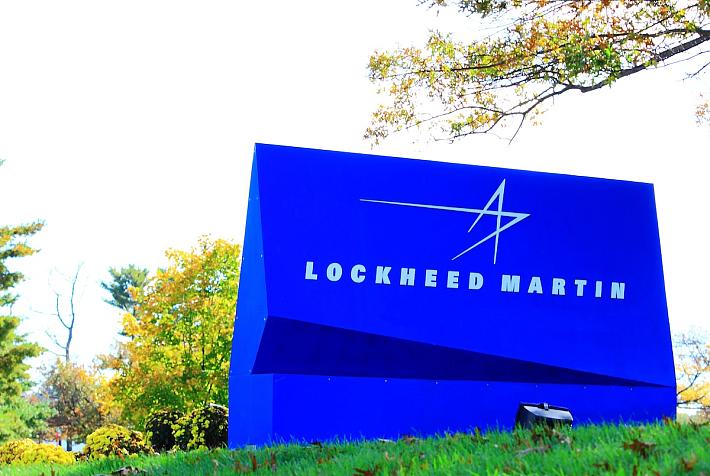Opinion: Gold in ghost town


Despite Romania's mountains bearing plenty of gold and silver, the country still does not do very well on the wealth scales. This thought came to my mind when reading on stiridinvest.ro about the recently reopened Museum of Gold in Romania, which features one of the most valuable collections of massive gold pieces and minerals in the world. This collection includes unique exhibits which are insured for a lot of money, treasures which were discovered over hundreds of years by people who lived there, probably mostly were miners. Many pieces now sitting on red velvet cushions have very interesting, poetic and imaginative names: The map of Great Romania, Eminescu’s arrow, the Ballerina and, the Gold lizard. The last is considered the most valuable, with an estimated value of EUR 3 million.
What is most astonishing is that all these treasures are located in a so called 'ghost town', the city of Brad, in Hunedoara county, where many years ago the mining industry was very developed, where people, mostly miners and educated workers had a very good standard of living, and one of the most famous steel factories in Romania was also located. The city of Brad is not too far from the Apuseni Mountains, the cradle of the Romanian gold mines. Nowadays, however, people can barely manage to survive from day to day, most of them are unemployed and living on state support or fueling the black economy. People in the area have lost any confidence in their future and, the younger generation tries to escape by moving to big towns or abroad. And the image I painted of this town is not singular, many other such small cities had the same fate.
The region had constantly delivered gold to the Roman Empire, then later to the Austro-Hungarian Empire and the Soviet Union. As one mining leader said some time ago in a local newspaper, the mine (called Braza-Brad), a true Eldorado years ago, was destroyed step by step and one of the most modern gold reprocessing installations in Eastern Europe lies idle. This sad story is one of the paradoxes of Romania : it has great resources, traditions and it seems to destroy them all. Why? Maybe ignorance, maybe stupidity or maybe only corruption. I think the answer contains a little of each. Anyway, these questions aside, I’d like to visit the Museum of Gold.
Brad is located the 37 kilometers from Deva city, the capital of the county, on the road DN76. It is also 154 kilometers from Oradea and 177 km from Arad. The city is located on the Brad depression, at a 500 – 600 meters altitude. The recently renovated Museum of Gold is not the only place worth visiting. The city also has a Museum of Ethnography, a replica of the famous She-Wolf with Romulus and Remus Statue - a symbol of Romanians' Latin roots, the estate of Avram Iancu, a Romanian Transylvanian lawyer who had a very important role in 1848 revolution, the Reformate Calvine Church and the Roman Catholic Church.
Let's not forget about the traditional and very rich Transylvanian dishes and drinks. All well worth visiting. If you go, drop us a line and share your opinion other readers. Feel free to email editor@romania-insider.com.
By Mariana Ganea, Guest Writer
(photo source: sxc.hu)













